We may earn money or products from the companies mentioned in this post. This means if you click on the link and purchase the item, I will receive a small commission at no extra cost to you … you’re just helping re-supply our family’s travel fund.
At one point, tens of millions of bison thundered across the North American plains. Today, fewer than 20,000 roam freely but they still do roam. Once nearly wiped out by overhunting and westward expansion, bison have made a slow but steady comeback thanks to conservation efforts and tribal leadership. From national parks and wildlife reserves to island outposts and mountain ranges, here are 14 places in the U.S. where you can still see these powerful animals living wild.
Yellowstone National Park, WY/MT/ID
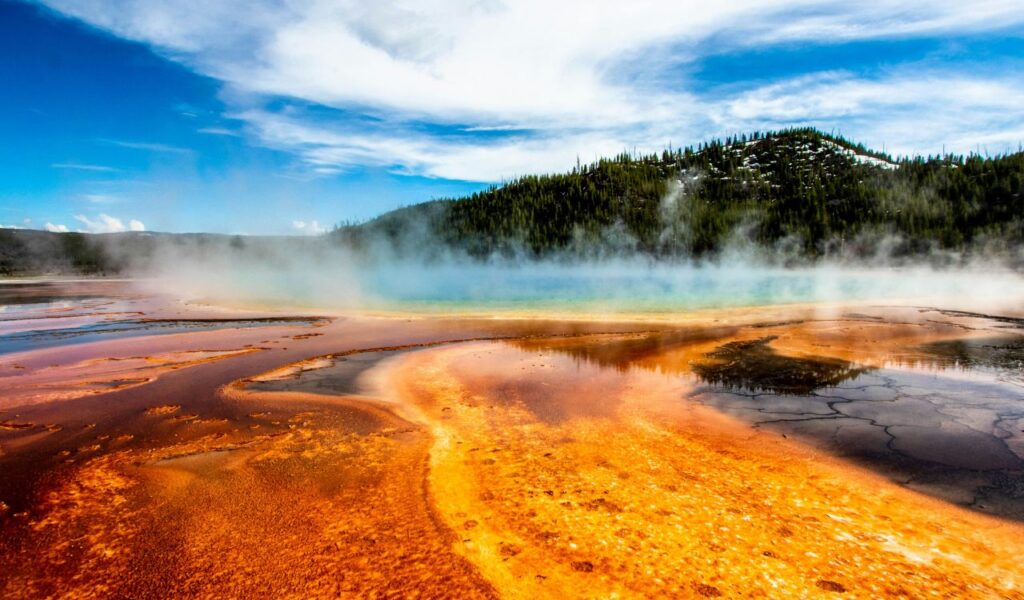
Yellowstone is home to the largest and most famous wild bison herd in the U.S. Nearly 5,000 bison roam free here, and you can often see them in Lamar Valley, Hayden Valley, or even crossing park roads. These bison have lived here continuously since prehistoric times, making Yellowstone the most iconic place to see them. Visit in summer for dramatic herd scenes, or in spring to spot newborn calves.
Grand Teton National Park, Wyoming
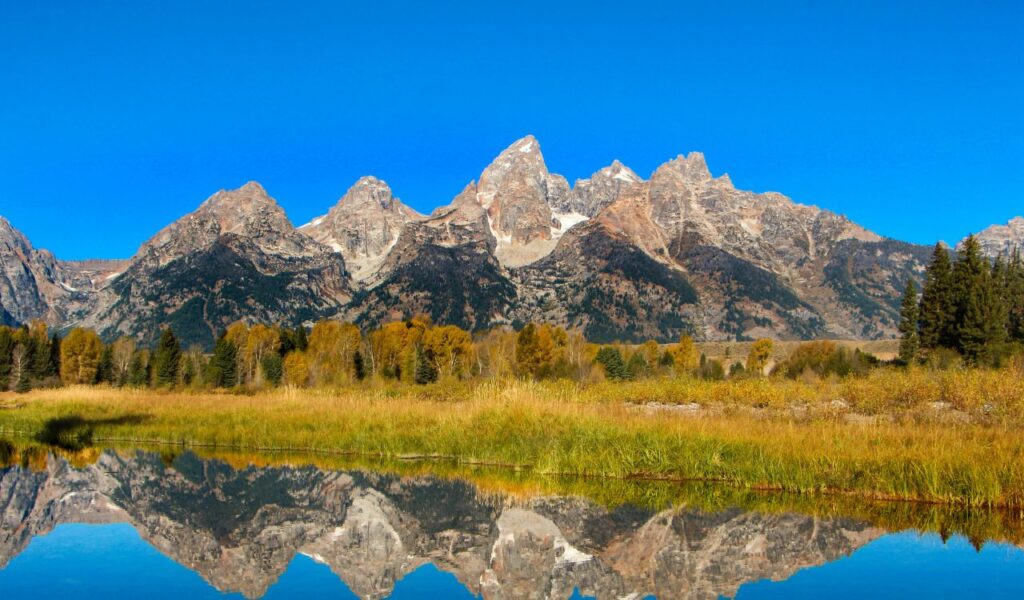
Just south of Yellowstone, Grand Teton offers another strong chance to see wild bison. The open plains near Antelope Flats are a hotspot, especially around sunrise or sunset. Bison share this landscape with pronghorn and elk, all set against the dramatic backdrop of the Teton Range. It’s a quieter park than Yellowstone, giving you more space and time to enjoy these incredible animals without the heavy crowds.
Mission Mountains, Montana
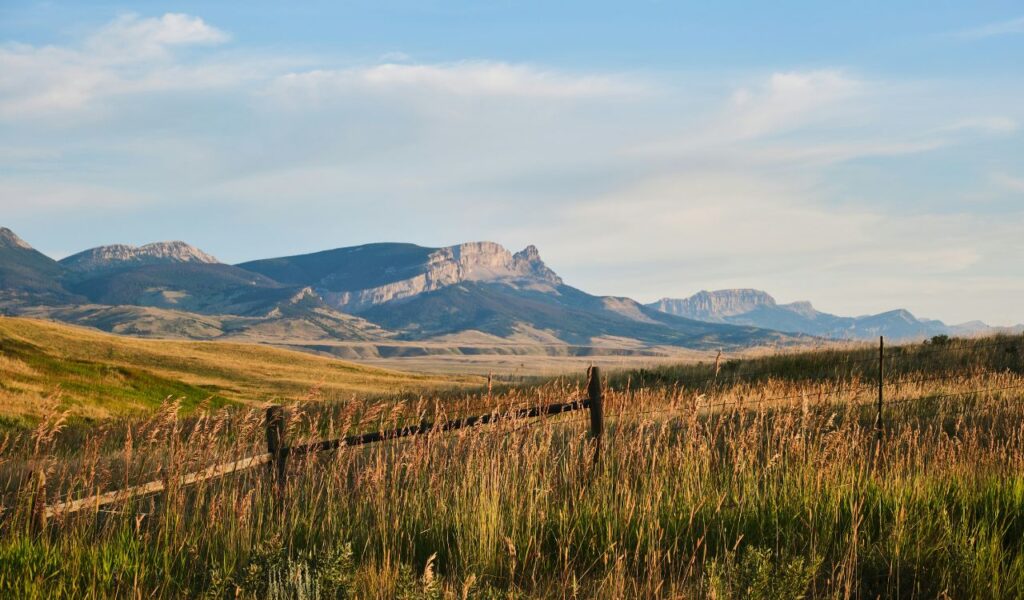
In western Montana, the Mission Mountains rise above the Flathead Indian Reservation. Here, a free-roaming herd of bison is managed by the Confederated Salish and Kootenai Tribes. The herd moves through tribal lands and nearby valleys. While public access is limited, it’s not uncommon to see bison near highways or on scenic drives around the region, especially north of Missoula and south of Flathead Lake.
Henry Mountains, Utah
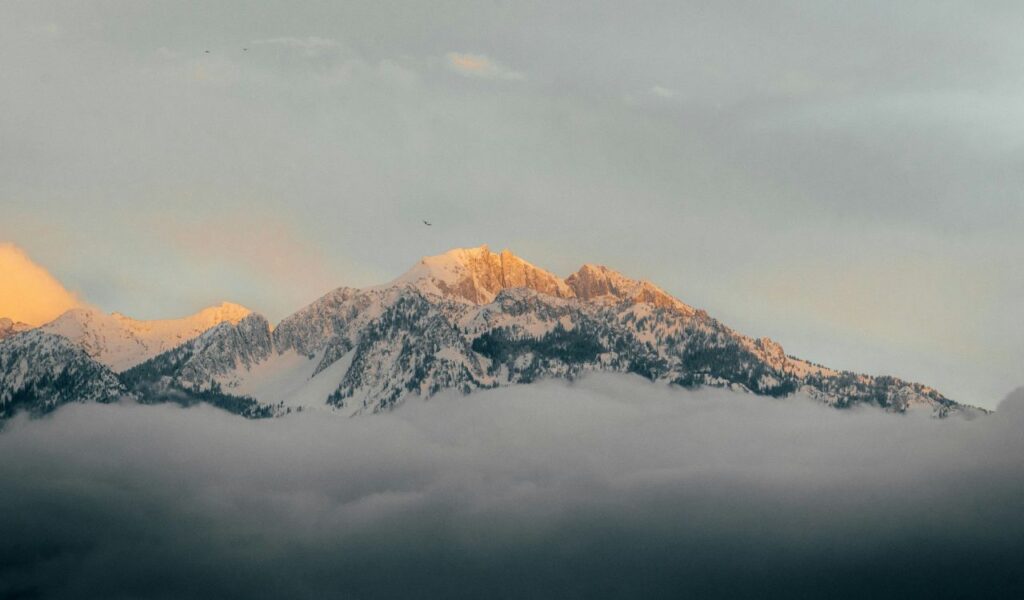
One of the most remote places to see bison, the Henry Mountains are home to a pure and free-ranging herd. With elevations over 10,000 feet, spotting them might take effort, but the reward is incredible views and an untamed experience. The herd originated from Yellowstone stock and is now managed to maintain genetic integrity. Best chances for viewing are on the plains at sunrise or near Bull Creek Pass.
Book Cliffs, Utah
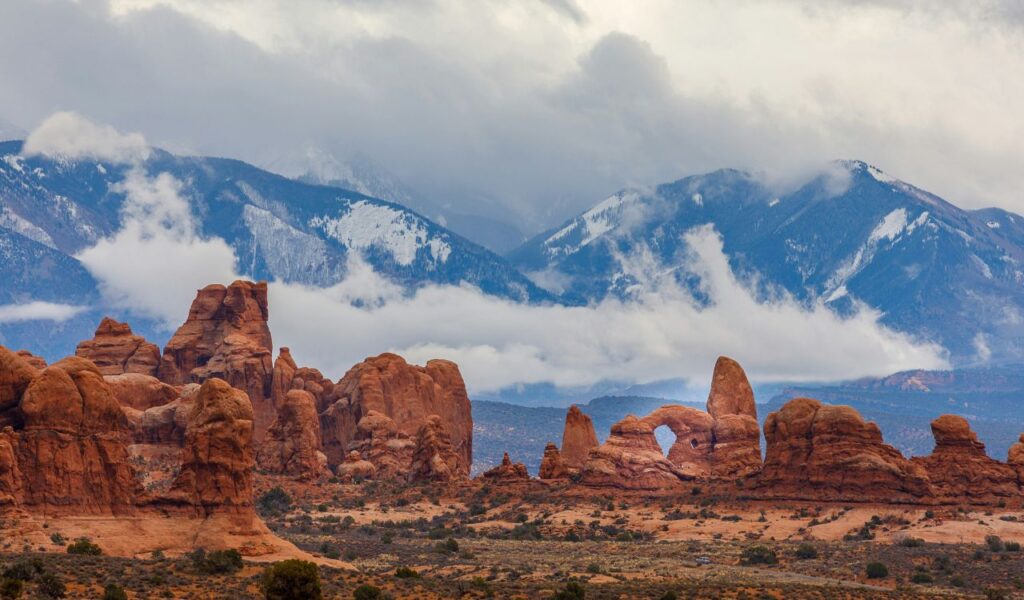
The Book Cliffs region in eastern Utah hosts a relatively new bison herd seeded from the Henry Mountains and tribal lands. This rugged, remote area of cliffs, canyons, and high desert offers a less-trafficked but wild opportunity to spot bison. Access often requires a 4WD vehicle or a guide familiar with the area. If you’re looking for a true off-the-grid wildlife encounter, this is your place.
Wind Cave National Park, South Dakota
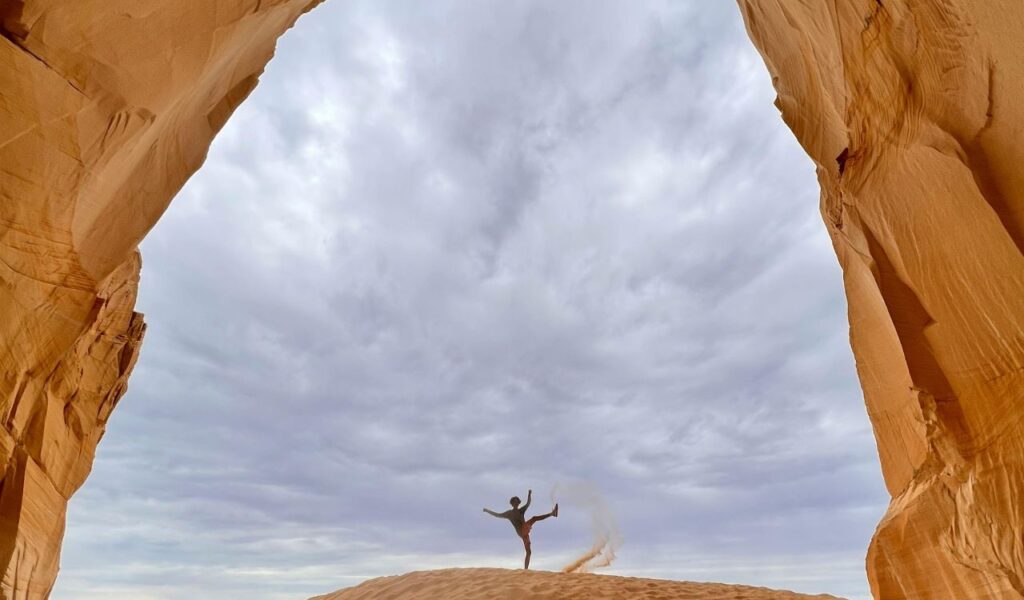
Wind Cave is one of the best places to see wild bison up close. The herd here, started in 1913, is one of the most genetically pure in the country. Bison often graze in the open meadows near park roads, so you don’t have to hike far to spot them. The park also protects unique cave systems and mixed-grass prairie, offering a combo of surface and underground adventures for curious visitors.
Badlands National Park, South Dakota
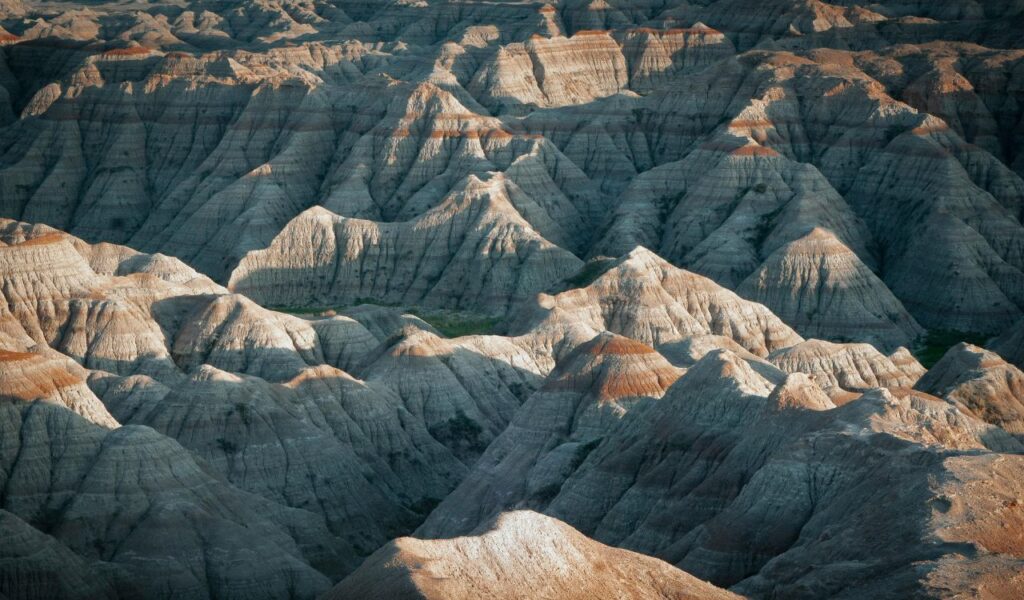
Badlands offers a surreal backdrop of jagged rock formations and wide prairies where bison roam. Sage Creek Rim Road is a top spot for viewing. The bison here are wild and self-sustaining, often mingling with bighorn sheep and prairie dogs. Because of the open terrain, it’s relatively easy to spot them. Visit in early morning or late afternoon for your best chance and golden-hour lighting.
Custer State Park, South Dakota
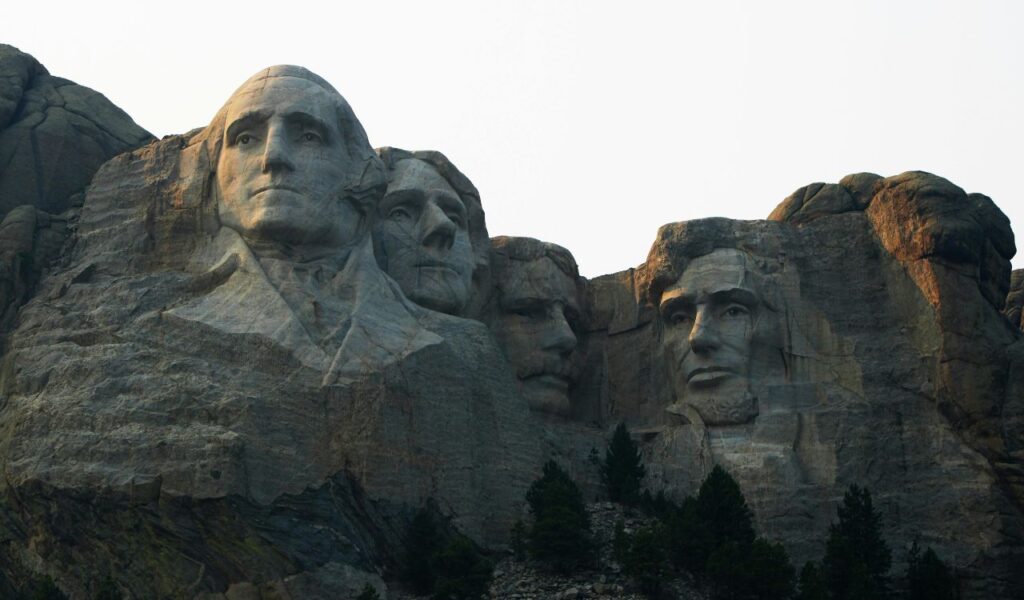
Custer State Park maintains one of the largest state-managed bison herds in the U.S., with around 1,300 animals. Every fall, the park holds a public Buffalo Roundup where riders herd the bison for health checks and counts. Even outside the event, you’ll likely see them along the Wildlife Loop Road, grazing the grasslands. It’s a great family destination that blends wildlife with easy access.
Theodore Roosevelt National Park, North Dakota
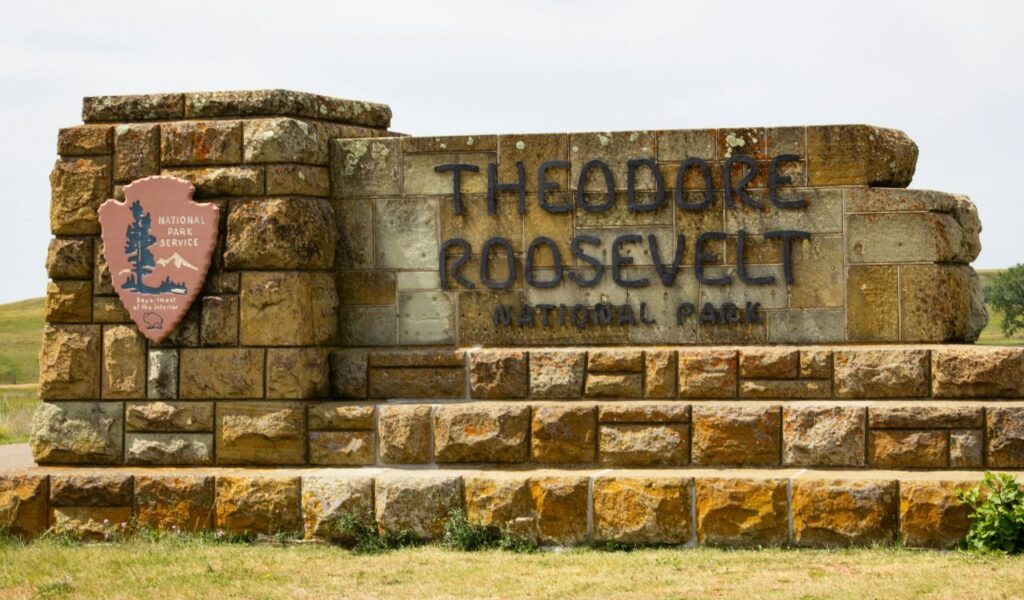
This rugged park features wild bison in both its North and South Units. You can often spot them on scenic drives or even right along the park roads. The bison here are part of the landscape that inspired Theodore Roosevelt’s conservation ethic. Look for them on the plains or silhouetted against colorful badlands formations. It’s a wild, less-crowded alternative to Yellowstone.
Antelope Island State Park, Utah
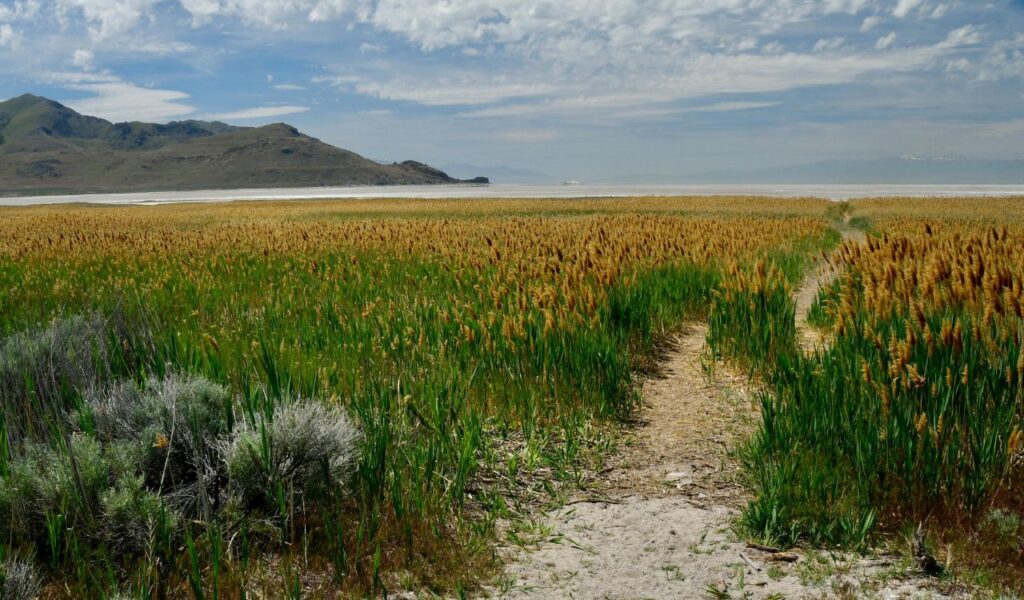
In the middle of the Great Salt Lake, Antelope Island is a surprising bison hotspot. A herd of around 700 roams freely across the island’s rolling hills. They’ve lived here since the 1890s and are rounded up each October for health checks. The causeway drive alone offers scenic views and good chances to see bison. Bring binoculars and keep your distance—these animals are powerful and fast.
Catalina Island, California
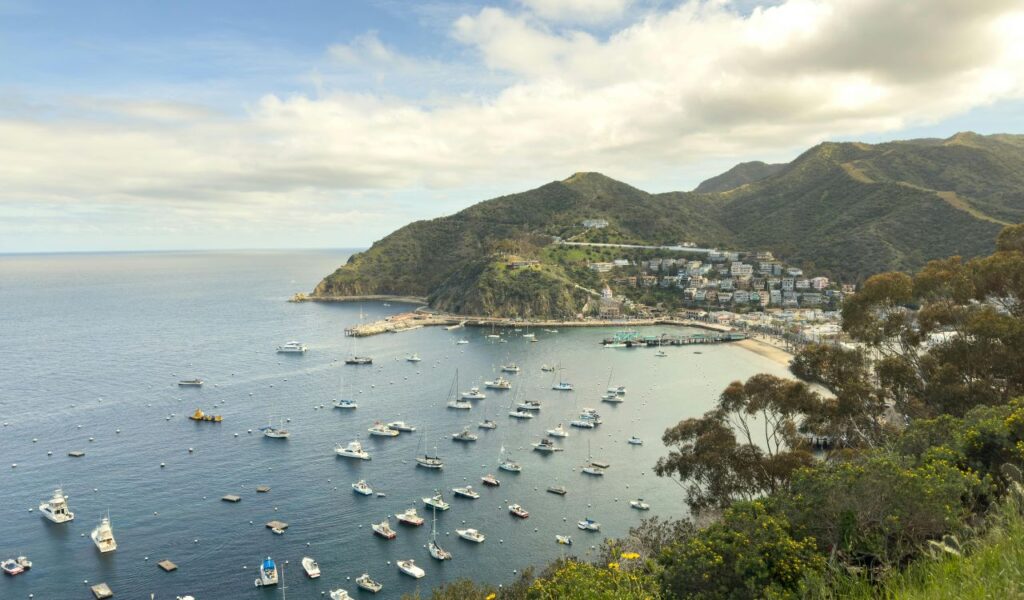
Off the coast of Southern California, Catalina Island has hosted bison since 1924, when a small herd was brought for a film shoot. About 150 remain today, managed by the Catalina Island Conservancy. They roam freely in the island’s interior. You can spot them on Eco Tours or from hiking trails. It’s one of the most unexpected places to see wild bison, with ocean views as your backdrop.
American Prairie Reserve, Montana
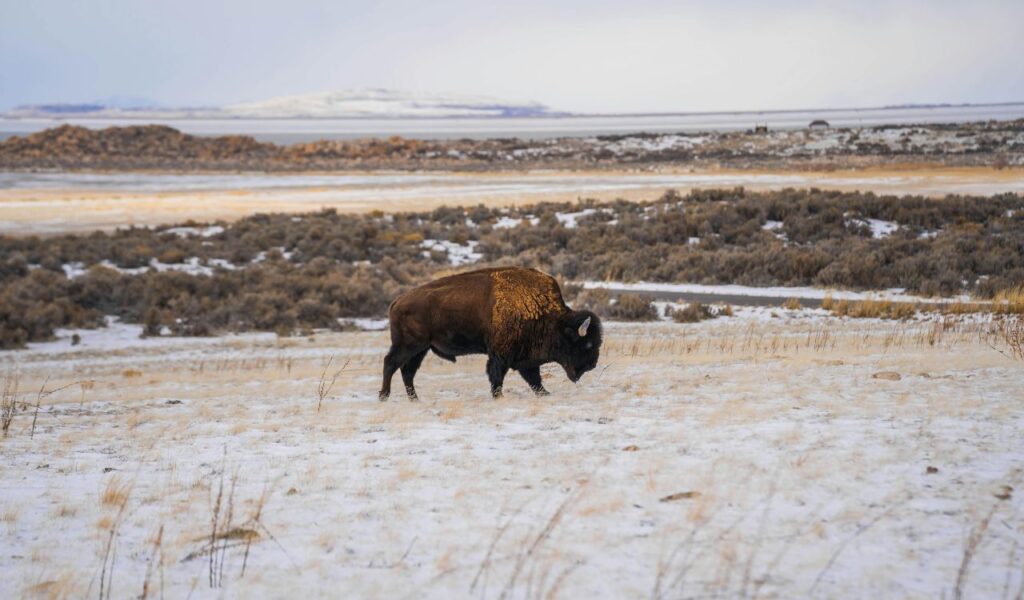
This ambitious project is rewilding the Great Plains. Located in northern Montana, the American Prairie Reserve has reintroduced bison to vast tracts of connected public and private land. The herd roams freely across more than 30,000 acres. Visit the Sun Prairie region in the fall when the bison gather in larger groups. It’s remote, wild, and part of a modern conservation success story.
National Bison Range, Montana
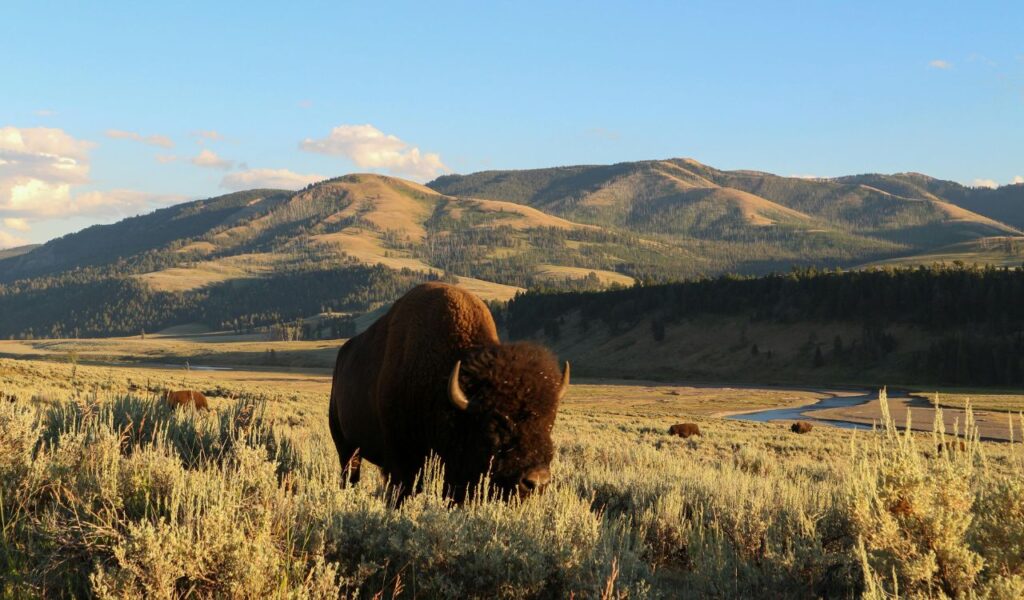
Established in 1908, this historic refuge was one of the first efforts to save the American bison. Now managed by the Confederated Salish and Kootenai Tribes, it covers nearly 19,000 acres near Flathead Lake. You can drive the loop road and often see bison, elk, pronghorn, and even bears. The setting is scenic, the herds are healthy, and it’s one of the easiest places to view bison from your car.
Tallgrass Prairie National Preserve, Kansas
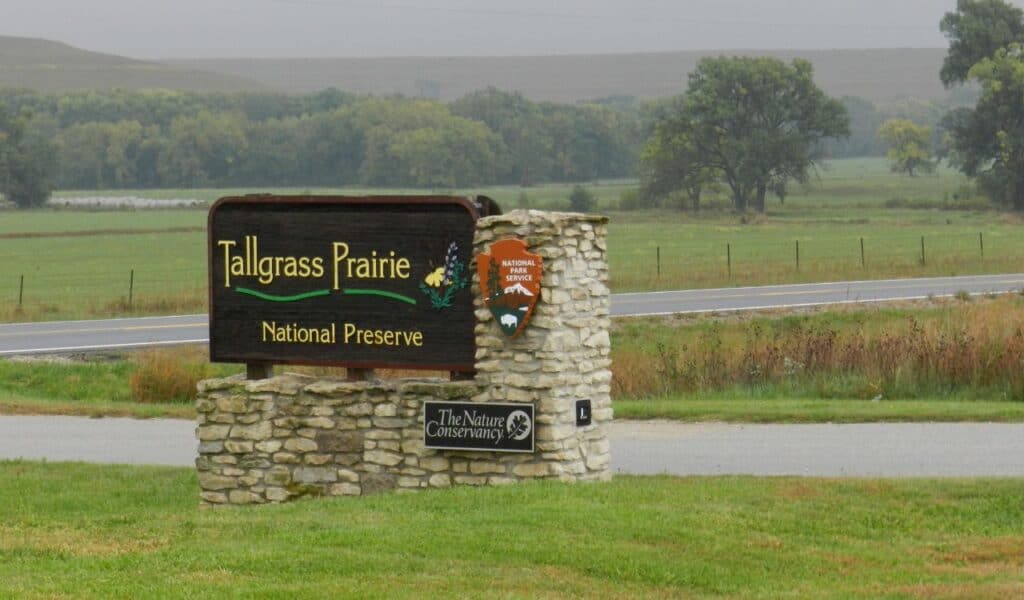
In the heart of the Flint Hills, Tallgrass Prairie National Preserve protects one of the last remaining tallgrass ecosystems in North America. A free-roaming bison herd grazes the sweeping prairie, restoring the land much as it was centuries ago. Scenic trails like the Southwind Nature Trail offer good viewing spots, especially early or late in the day when the herd is most active. The mix of wide skies, waving grasses, and powerful wildlife makes this a truly classic bison experience.
Other Blog Posts You Might Enjoy
www.idyllicpursuit.com (Article Sourced Website)
#U.S #Spots #Bison #Wild #Author #Kathy #Haan
